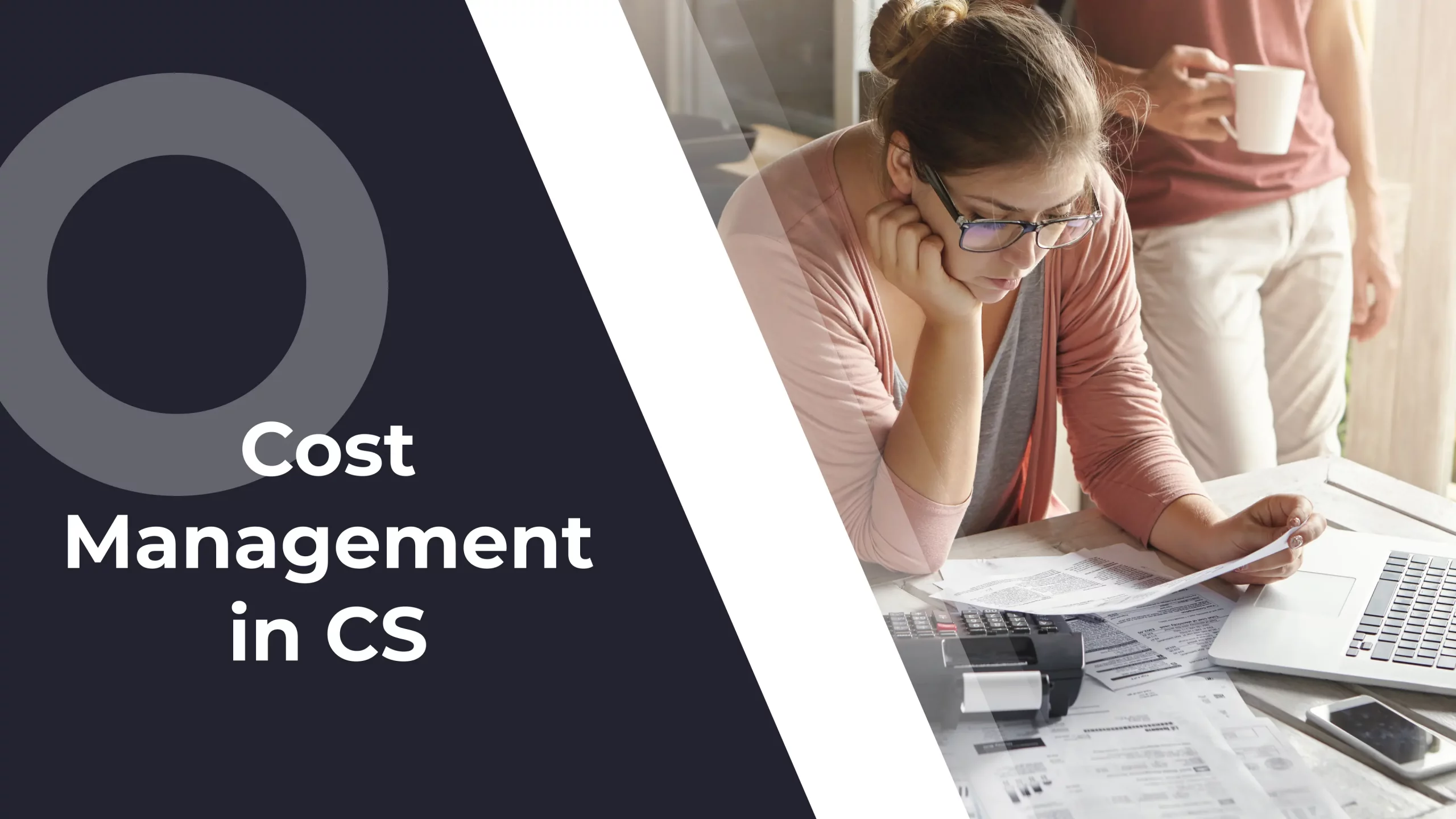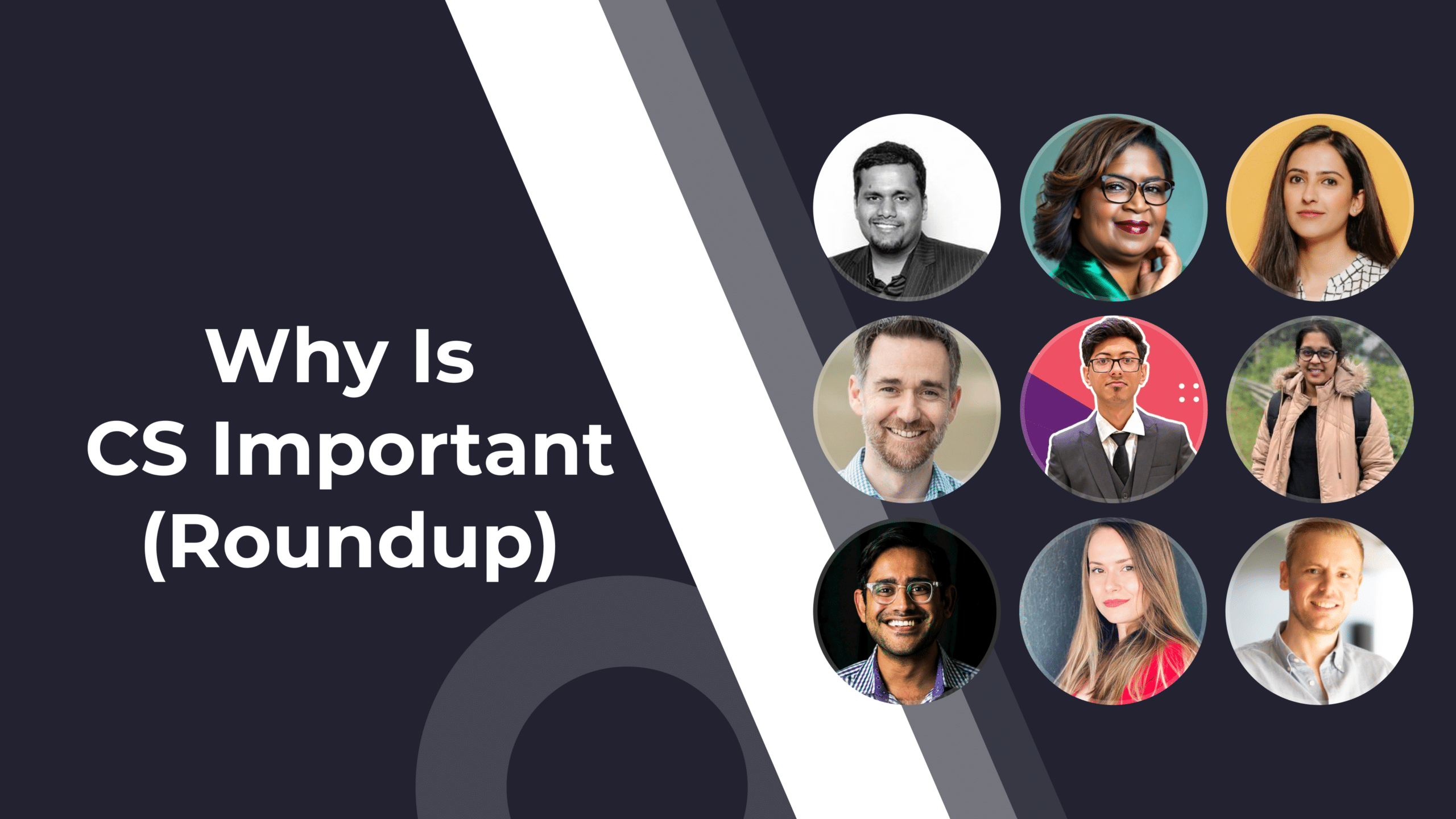A well-designed Customer Success bonus structure should drive proactive behaviors, encourage customer retention, and align with business growth goals. However, many companies struggle with finding the right balance. Should bonuses be tied to Net Revenue Retention (NRR) or Gross Revenue Retention (GRR)? Should they focus solely on individual performance, or should they be teamwide? How can incentive plans avoid unintended consequences, such as CSMs deprioritizing long-term customer engagement in favor of short-term wins?
To uncover the best approaches, we asked Customer Success professionals how they structure their incentive plans. Their insights reveal key trends in compensation models, common pitfalls, and the underlying psychology that makes incentives truly effective.
Setting the right goals: what should CSM bonuses incentivize?
At the heart of every incentive plan is the question: What behaviors do we want to drive? Bonuses that focus too narrowly on one metric can lead to unintended consequences, such as CSMs prioritizing revenue over customer health or failing to engage in proactive account management.
Sean Wilkes, a CS professional, captures this challenge perfectly:
“Show me the incentive, and I will show you the outcome. You must be careful about rewarding specific outcomes because you might drive behaviors that negatively impact other metrics and relationships.”
The right balance must ensure that CSMs are motivated to retain customers, drive expansion, and engage proactively, rather than focusing on a single short-term goal. While bonuses and incentives have been mostly associated with sales positions, a survey by the Alexander Group found that 28% of over 300 companies are integrating incentive pay into new roles beyond traditional sales positions. However, it’s important to find the right structure for CS compensation.
Book of Business vs. NRR-Based Bonuses
One of the most debated structures in CS compensation is whether to tie bonuses to a book of business (total portfolio growth) or purely to NRR.
Robert Anderson, a Customer Success Manager at Gravitee, prefers a book of business model, as it accounts for natural churn while encouraging long-term strategic growth:
“My favorite compensation plan was a book of business target. At the start of the year, I had a book worth $1.5M, and the goal was to grow it to $1.7M. If some accounts churned, I could make it up by growing another account instead. Accelerators were tied to NRR, which encouraged both high renewal rates and proactive account growth.”
By contrast, many companies solely rely on NRR-based bonuses, but this can create blind spots. Mike Lemire warns that NRR-only structures can hide churn problems:
“The past couple of companies I’ve been at based CSM variable comp 100% on NRR. While simple and effective, it can hide problems. I prefer breaking it down: 50% churn goal, 30% upsell goal, and 20% on behaviors we want to see (QBRs, lead generation, etc.).”
A hybrid approach, where bonuses account for both revenue retention and proactive engagement behaviors, is often the best way to drive long-term success.
Connor Woods, Senior Market Analyst at Taurex, shares his personal experience:
“In trading, we learned that focusing solely on short-term metrics, like the number of trades, can overlook long-term client relationships. Just as Net Revenue Retention (NRR) is critical in customer success, maintaining engaged, loyal clients who consistently trade is important for sustained growth. Incentive plans should focus on fostering long-term relationships, as this drives stability and profitability, similar to how a strong retention strategy boosts overall success.
Balancing Retention and Expansion: Finding the Right Ratio
For many organizations, the challenge is not just whether to use NRR or GRR but how to balance retention and expansion incentives.
Yash Briju tackled this issue by splitting incentives between churn mitigation and expansion:
“We implemented a 75/25 split: 75% of a CSM’s incentive was tied to mitigating churn and 25% to expansion. This helped bridge the gap between CSMs and AMs, ensuring high-growth accounts were identified and nurtured.”
Other companies use Management by Objectives (MBOs) to structure their incentive plans. Ori Lotan, Co-Founder of Stealth Startup explains his approach:
“For renewals, I’d focus on three MBOs:
– 20% on Net Retention Rate (NRR) – driving uplift through reduced churn
– 50% on Execution & Multi-Year Rate – long-term deals reduce churn risk
– 30% on Opportunity Management – CRM hygiene and accurate forecasting.”
A balanced incentive structure ensures that CSMs actively pursue both customer retention and account expansion, without prioritizing one at the expense of the other.
Irina Vatafu, Head of Customer Success at Custify, emphasizes the importance of flexibility and alignment with broader business strategy:
“A successful bonus structure should be flexible enough to evolve with your business. I’ve seen great results by balancing individual retention and team-based expansion goals, ensuring our CSMs stay motivated not only to retain but also to proactively pursue opportunities for growth. Aligning incentives with customer lifetime value rather than short-term wins helps build healthier customer relationships and drives sustainable revenue expansion.”
Individual vs. Team-Based Bonuses: Which Works Best?
A key debate in structuring CS incentives is whether to reward individual CSM performance or team-based achievements.
Individual-based bonuses reward top performers, but they can sometimes lead to internal competition rather than collaboration. If CSMs are solely focused on their own numbers, they may be reluctant to assist colleagues with difficult accounts. Also, team-based bonuses foster a culture of shared success, but they may dilute individual accountability.
Suzanne Chartol, Vice President of Customer Experience at CORAS, strongly advocates for teamwide bonuses:
“Keeping incentives teamwide ensures that my best CSMs jump in to help the hardest customers, while also eliminating the complexity of individual comp plans.”
Another approach is to incorporate a mix of individual, team, and company-wide incentives, ensuring that CSMs have both personal accountability and a stake in broader company success. Sumitra Narayanan, Customer Success Leader at Braze, shared that their structure is as follows:
“We incentivize CSMs on team & book GRR and NRR, as well as department OKRs, for their bonus. This goes up the CS leadership chain accordingly.”
This hybrid model ensures that individual CSMs remain motivated, while also aligning their goals with company-wide retention and growth objectives.
Similarly, Shadman Rahman, a CS Lead at Paramify, has seen success with company-wide GRR and NRR bonuses, reinforcing Customer Success as an organization-wide initiative:
“We use quarterly bonuses tied to NRR as an early-stage startup, and I’ve also seen company-wide bonuses tied to GRR and NRR to encourage CS as a company-wide effort.”
No matter if a company chooses individual, team, or hybrid incentive structures, the key is aligning incentives with behaviors that drive long-term customer success rather than just short-term individual gains.
Payout Timing: Quarterly vs. Annual Bonuses
Companies also face the decision of when to pay out bonuses—quarterly, annually or a mix of both.
Quarterly payouts ensure immediate rewards for performance, while annual bonuses promote long-term thinking. Jaime Acosta, CS Advisor, shares how his company balances both:
“GRR is weighted at 60% of CSMs’ variable comp, paid semi-annually to ensure there are enough renewals in H1. CSQLs are weighted at 40% and paid quarterly to encourage continuous opportunity generation.”
Hybrid structures like this help maintain short-term motivation without losing sight of long-term success.
Avoiding Common Pitfalls in CS Bonus Structures
Even the most well-intentioned bonus structures can have unintended negative effects if they aren’t carefully designed. One of the biggest mistakes companies make is misalignment between teams, particularly Sales, BDRs, and CS.
Joel Fischer warns that when incentives are not aligned across departments, they can lead to internal competition instead of collaboration:
“If CS gets bonuses for SQLs and so do BDRs, it creates unhealthy competition rather than collaboration. Make sure GTM teams work together, not against each other.”
Another major pitfall is how bonus structures influence contract strategies. If renewals are incentivized only in the first year, it can discourage multi-year contracts and shift CSM focus toward short-term wins over long-term retention.
Sean Wilkes experienced this firsthand:
“Compensation on the first renewal year meant we saw fewer multi-year renewals. While comp on upsells was 4x that on renewals, the effort required for expansion meant it didn’t significantly move the needle.”
Beyond renewal strategies, KPI selection plays a crucial role in the effectiveness of CS bonus structures. Setting unrealistic or vague KPIs can make bonuses feel unattainable, leading to disengagement instead of motivation.
Axel Schneider, Founder of Customer Success Services highlights how misaligned KPIs can undermine a bonus plan’s effectiveness:
“CSM bonus – 30% of the package. Half of it is linked to company performance, the other half is personal KPI. There are several issues here… KPIs can be unachievable. I have seen KPIs set by CROs for CSMs, which were impossible to achieve. That compromises 15% of the bonus straight away. I totally agree with Sean and others that these goals need to be set very carefully and with the expected behavior in mind.”
To avoid these common pitfalls, companies need to design bonus plans that:
- Align incentives across teams to foster collaboration rather than competition.
- Encourage long-term contract strategies instead of rewarding short-term renewals.
- Ensure KPIs are realistic, measurable, and within a CSM’s control.
When structured correctly, CS incentive plans can drive engagement, retention, and expansion—but only if they reinforce the right behaviors rather than introducing friction and unrealistic targets.
Designing a CS Bonus Plan that Drives the Right Outcomes
There is no universal formula for the perfect CS bonus structure, but the insights from Customer Success professionals reveal key principles that make incentive plans truly effective.
The most successful CS incentive structures do more than reward outcomes; they influence behaviors that lead to sustainable business growth. They strike the right balance between retention and expansion, individual and team performance, and short-term and long-term incentives.
Ultimately, the goal of a CS bonus plan should be to drive proactive engagement, encourage collaboration, and align with the company’s broader revenue and customer retention strategy. When structured thoughtfully, CS incentives don’t just reward performance—they shape a customer-first culture that delivers long-term success.




